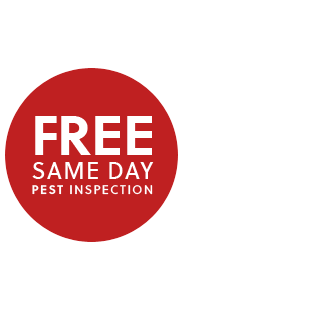Wasps! - Tiny wasp with potential for big impact
David Perlman, Chronicle Science Editor
SAN FRANCISCO -- A tiny parasitic wasp, the venomous archenemy of many insects that ravage livestock and crops and trigger human diseases, has yielded the secret of its genes to an international team of scientists who decoded its entire genome.
Sequencing the genes of three species of the wasp known as Nasonia took more than four years and 157 research groups in six nations, but the $3 million project's potential is high for developing fresh insights into evolution and - more practically - for reducing the use of farm pesticides and developing new drugs against human disease, the research leaders say.
"It's a brilliant achievement," said Brian Fisher, an expert in insect genetics and leading entomologist at the California Academy of Sciences who was not part of the research. "It's the first case where scientists can see how the genes of closely related species of an animal differ, and how evolution has rapidly changed them in varied directions."
The success of the international wasp genome project was reported Thursday in the journal Science; its leaders are John Werren of the University of Rochester in New York and Stephen Richards at the Baylor College of Medicine in Houston.
Christopher Smith, a molecular biologist and geneticist at San Francisco State University and a member of the wasp genome team, sees the findings as a major advance in basic evolution research that come with the potential for practical applications.
"Nasonia wasps are already an important weapon against crop infestations, and save at least $20 billion a year in crop losses," Smith said, "so determining the sequence of their genes gives us a parts list for greatly improving their effectiveness with major reductions in the use of chemical pesticides, Smith said.
Werren, the leader of the International Nasonia Genome Working Group, calls the predators "smart bombs" because each species zeroes in on its specific prey. The wasps' bodies are tiny - about the size of a pinhead - but they are deadly to many insects, including varied species of house flies, blowflies and flesh flies.
The Nasonia wasp tribes are only one major group of "parasitoid" insects that sting their prey by injecting venom and also lay their eggs inside the larvae of other insects to destroy them. There are an estimated 600,000 species of such parasitoids on Earth.
"If we can harness their full potential, they would be vastly preferable to chemical pesticides which broadly kill or poison many organisms in the environment, including us," Werren said in a statement.
Another fascinating aspect of the rapid evolution of Nasonia, Werren said in an interview, is that in barely 100,000 years or so, its genome has acquired the genes of pox viruses as well as a species of bacteria called Wolbachia. Just what role those extra genes play in the Nasonia genome is unknown, but to evolution scientists it poses an intriguing mystery for still more research.
The Nasonia genome project was financed by the National Human Genome Research Institute - the same organization that identified all the estimated 25,000 human genes 16 years ago.
Read more: http://www.sfgate.com/cgi-bin/article.cgi?f=/c/a/2010/01/15/BAPE1BH5V9.DTL#ixzz0d67I2rFY
Read more: http://www.sfgate.com/cgi-bin/article.cgi?f=/c/a/2010/01/15/BAPE1BH5V9.DTL#ixzz0d673BlKx


